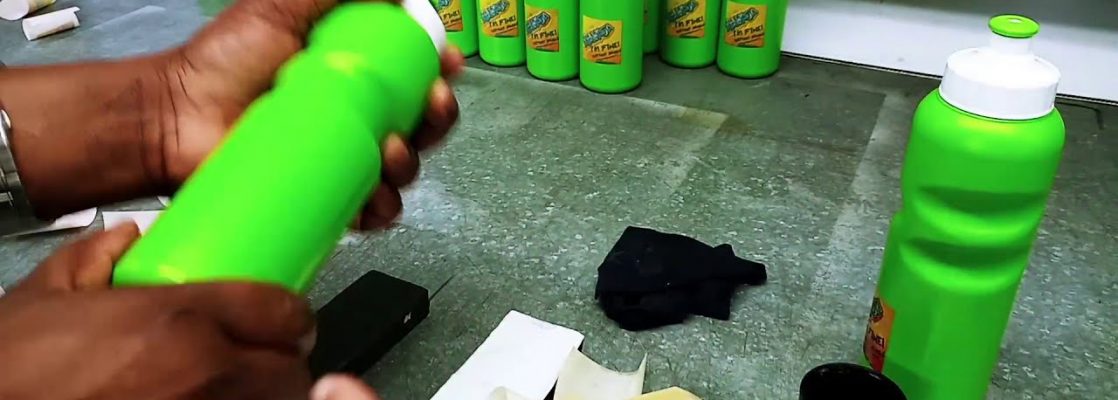
In the realm of material science, the debate between Polylactic Acid (PLA) and traditional plastic is a hot topic. Both materials are ubiquitous in our daily lives, yet they possess distinct characteristics that set them apart. This article aims to delve into the differences between PLA and plastic, shedding light on their unique properties, applications, and environmental impacts.
PLA, a type of bioplastic, is derived from renewable resources such as corn starch or sugar cane. It is a thermoplastic aliphatic polyester that can be processed through techniques like 3D printing, injection molding, and film and sheet casting. On the other hand, traditional plastics, such as Polyethylene (PE), Polypropylene (PP), and Polyvinyl Chloride (PVC), are petroleum-based polymers. They are typically processed through extrusion, injection molding, blow molding, and thermoforming.
One of the most significant differences between PLA and plastic lies in their environmental impact. PLA is biodegradable and compostable under industrial composting conditions, breaking down into water, carbon dioxide, and biomass within 90 days. This makes it an attractive alternative to traditional plastics, which can take hundreds of years to decompose and often end up in landfills or oceans, causing significant environmental harm.
However, it’s essential to note that PLA’s biodegradability is not without its caveats. It requires specific conditions of heat and humidity to decompose effectively, which are not always available in home composting systems or even some industrial composting facilities. Moreover, PLA’s biodegradability does not equate to it being harmless if it ends up in the ocean, as it still poses a threat to marine life.
In terms of physical properties, PLA and plastic also exhibit differences. PLA has a relatively low melting point, around 150-160 degrees Celsius, making it unsuitable for high-temperature applications. Conversely, traditional plastics can withstand higher temperatures, depending on their specific type. For instance, PE’s melting point ranges from 105 to 115 degrees Celsius, while PP’s is around 130 to 171 degrees Celsius.
Furthermore, PLA exhibits excellent transparency, making it ideal for applications requiring visual inspection, such as food packaging. In contrast, the transparency of traditional plastics varies widely, with some being completely opaque.
In conclusion, while PLA and traditional plastics may seem similar at first glance, they differ significantly in terms of origin, environmental impact, and physical properties. As consumers, understanding these differences can help us make informed decisions about the products we use and their potential environmental implications. As scientists and engineers, this knowledge can guide us in selecting the most appropriate material for specific applications, balancing functionality, cost, and sustainability.

